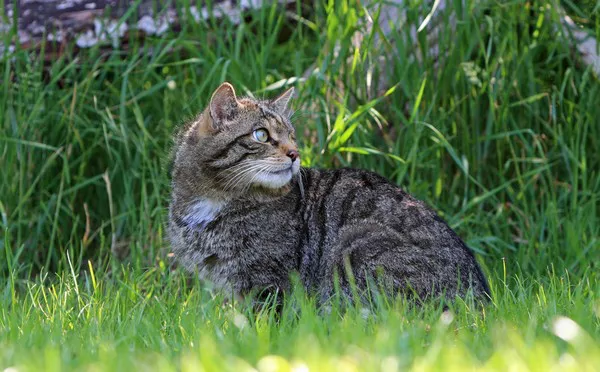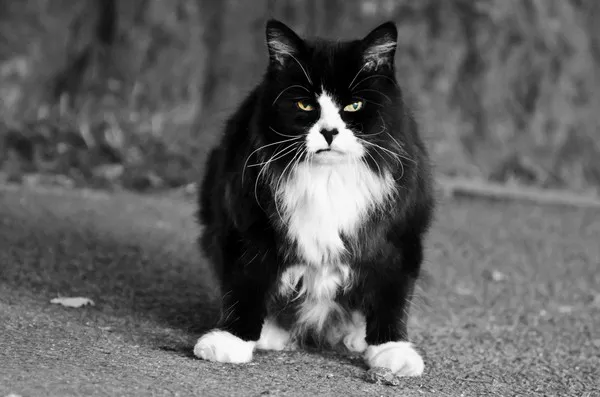As cat owners, we often seek to provide our feline friends with the best possible care, including their diet. Among the various treats available on the market, Temptations treats have gained immense popularity. Marketed as a crunchy and flavorful snack that cats love, these treats are often used as rewards during training or simply as a way to show affection. However, the question arises: Are Temptations healthy for cats?
This essay aims to explore the nutritional aspects of Temptations treats, their potential health benefits and risks, and how they fit into a balanced diet for cats. We will examine the ingredients, the role of treats in a cat’s diet, the importance of moderation, and alternative options for cat owners. By the end of this analysis, we hope to provide a comprehensive understanding of whether Temptations are a healthy choice for your cat.
Understanding Cat Nutrition
The Basics of Feline Diet
Cats are obligate carnivores, meaning their bodies are designed to thrive on a diet primarily composed of animal protein. Unlike dogs, which are omnivores and can derive nutrients from both animal and plant sources, cats require specific nutrients that are found primarily in animal tissues. Key components of a healthy feline diet include:
Protein: Essential for growth, maintenance, and energy.
Fats: Provide energy and support cell structure.
Vitamins and Minerals: Necessary for various bodily functions, including immune response and bone health.
Water: Critical for hydration and overall health.
The Role of Treats in a Cat’s Diet
Treats play a significant role in a cat’s diet, serving multiple purposes:
Training Incentives: Many cat owners use treats as a reward during training sessions, helping to reinforce positive behaviors.
Bonding: Giving treats can strengthen the bond between owner and cat, providing moments of affection and interaction.
Variety: Treats can add variety to a cat’s diet, making mealtime more exciting.
However, it is crucial to understand that treats should not make up more than 10% of a cat’s daily caloric intake to maintain a balanced diet.
Analyzing Temptations Treats
Ingredients Overview
Temptations treats are marketed as crunchy on the outside and soft on the inside, appealing to many cats. The primary ingredients typically include:
Meat by-products: These are derived from animal sources and provide protein, but the quality can vary.
Corn and wheat gluten: These ingredients are often included as fillers and can provide some protein but are not essential for a cat’s diet.
Artificial flavors and preservatives: Many commercial treats, including Temptations, contain artificial additives to enhance flavor and shelf life.
Nutritional Content
The nutritional content of Temptations treats can vary by flavor, but on average, they contain approximately:
Protein: Around 30% (dry matter basis)
Fat: Approximately 15%
Carbohydrates: About 50%
While the protein content may seem adequate, the high carbohydrate content is a concern, as cats do not require carbohydrates in their diet.
Potential Benefits of Temptations
Despite their mixed reputation, Temptations treats can offer some benefits when given in moderation:
Palatability: Many cats find Temptations highly palatable, making them an effective training tool.
Variety: Introducing different flavors and types of treats can prevent boredom in a cat’s diet.
Rewarding Behavior: Using treats to reward positive behavior can enhance training effectiveness.
Health Risks Associated with Temptations
Obesity
One of the most significant health risks associated with feeding Temptations treats is obesity. Cats are prone to weight gain, especially if their diet is high in calories and low in nutritional value. Factors contributing to obesity in cats include:
Overfeeding Treats: Many owners may not account for the calories from treats, leading to excessive caloric intake.
Sedentary Lifestyle: Indoor cats, in particular, may not get enough exercise, compounding the effects of overfeeding.
Consequences of Obesity
Obesity can lead to various health issues, including:
Diabetes: Obesity is a significant risk factor for feline diabetes, a condition that can lead to serious health complications.
Joint Problems: Excess weight can put additional strain on a cat’s joints, leading to arthritis and mobility issues.
Reduced Lifespan: Obesity is associated with a reduced lifespan and a lower quality of life.
Digestive Issues
The high carbohydrate content in Temptations can lead to digestive issues in some cats. Cats have a limited ability to digest carbohydrates, and excessive intake can result in:
Diarrhea: Some cats may experience gastrointestinal upset, leading to diarrhea or vomiting.
Food Sensitivities: Cats can develop sensitivities to certain ingredients, such as wheat or corn, leading to further digestive problems.
Dental Health
While some treats are marketed as beneficial for dental health, Temptations do not necessarily contribute to oral hygiene. In fact, the high carbohydrate content can lead to:
Tartar Buildup: Sugars and carbohydrates can contribute to plaque formation, leading to dental disease.
Bad Breath: Poor dental health can result in halitosis, affecting a cat’s overall health and comfort.
Moderation is Key
Recommended Serving Sizes
To ensure that treats like Temptations do not adversely affect a cat’s health, moderation is essential. The general guideline is to limit treats to no more than 10% of a cat’s daily caloric intake. For example, if a cat requires 200 calories per day, only about 20 calories should come from treats.
Strategies for Healthy Treating
To maintain a balanced diet while still treating your cat, consider the following strategies:
Measure Portions: Use a measuring cup to ensure that treats are given in appropriate amounts.
Choose Quality Treats: Opt for treats with high-quality ingredients and low carbohydrate content when possible.
Incorporate Healthy Options: Consider offering fresh, healthy treats such as small pieces of cooked chicken, turkey, or fish.
Alternatives to Temptations
Healthier Treat Options
If you are concerned about the health implications of Temptations, there are several healthier alternatives available:
Freeze-Dried Treats: Freeze-dried meat treats are high in protein and low in carbohydrates, making them a nutritious option.
Dental Chews: Some dental chews are designed to promote oral health while providing a tasty snack.
Homemade Treats: Making treats at home allows you to control the ingredients and ensure a healthier option for your cat.
Incorporating Fresh Foods
In addition to commercial treats, incorporating fresh foods into your cat’s diet can provide variety and nutrition. Options include:
Cooked Meat: Small pieces of cooked chicken, turkey, or fish can be a great reward.
Cat-Safe Fruits and Vegetables: Some cats enjoy small amounts of fruits like blueberries or cooked vegetables like peas.
Conclusion
In summary, Temptations treats can be a tasty and enjoyable snack for many cats, but they should be given in moderation and with caution. While they offer some benefits, such as palatability and the ability to reward positive behavior, the potential health risks—particularly related to obesity, digestive issues, and dental health—cannot be overlooked.
To promote optimal health for your feline friend, it is essential to maintain a balanced diet, monitor treat intake, and consider healthier alternatives. By being mindful of your cat’s dietary needs and providing a variety of nutritious options, you can ensure that treating your cat remains a positive and healthy experience. Ultimately, the key to a happy and healthy cat lies in understanding their nutritional needs and making informed choices about their diet.
Related topic:



























